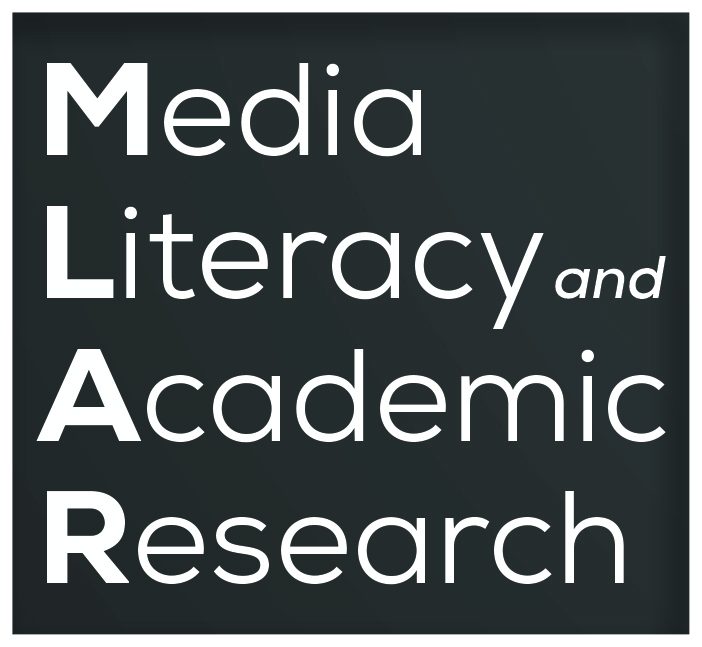ABSTRACT
Digital literacy and related digital competences are now an integral part of media work. Changes
in technology and audience consumption habits have forced media professionals to acquire a
wide range of digital skills. These include not only technical skills, such as mastery of digital tools
and platforms, but also the ability to communicate and present content effectively in a digital
environment. The aim of this study is to explore the level of digital competences of students
who work in university media, compared to those who study at the faculty but are not part of
its media. It also focuses on identifying the level of each of the DigComp framework’s digital
competence areas that future media workers should develop in order to remain competitive.
Research has shown that students working in university media have a higher total score in digital
competence (75%) than students not working in (university) media (65%). It was also found
that the most developed area for both groups of students is Communication and collaboration,
followed by Information and data literacy. In contrast, the weakest area for both groups is Digital
content creation. In terms of specific competencies, both groups have the same most developed
competency, Netiquette, and the least developed competency, Programming. In general,
however, students not working in (university) media have a total score in digital competence as
well as in individual areas at the same level as the Generation Z average, and students working
in university media are above the Generation Z average in all areas, confirming that working in
media alongside media studies has a positive impact on raising levels of digital competence.
KEY WORDS
DigComp. Digital Competences. Digital Competence Wheel. Digital Literacy. Journalism Students. Media and Communication Students. Media Workers.
DOI

